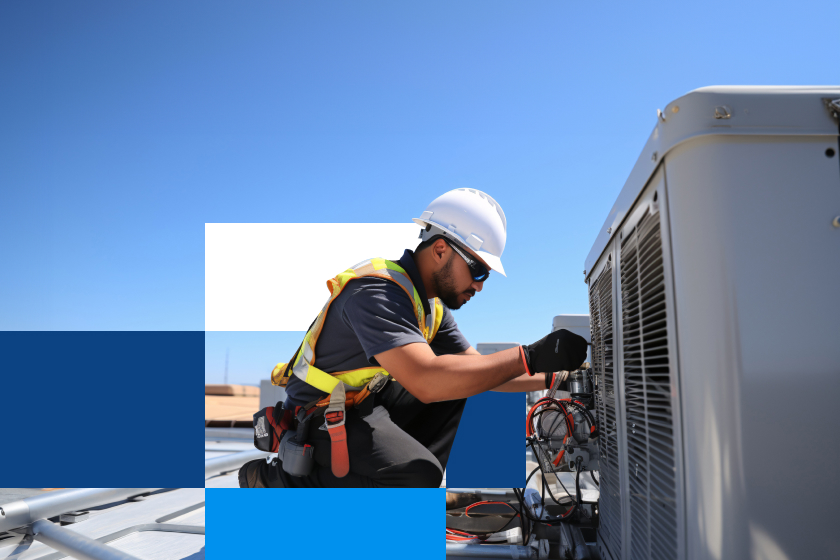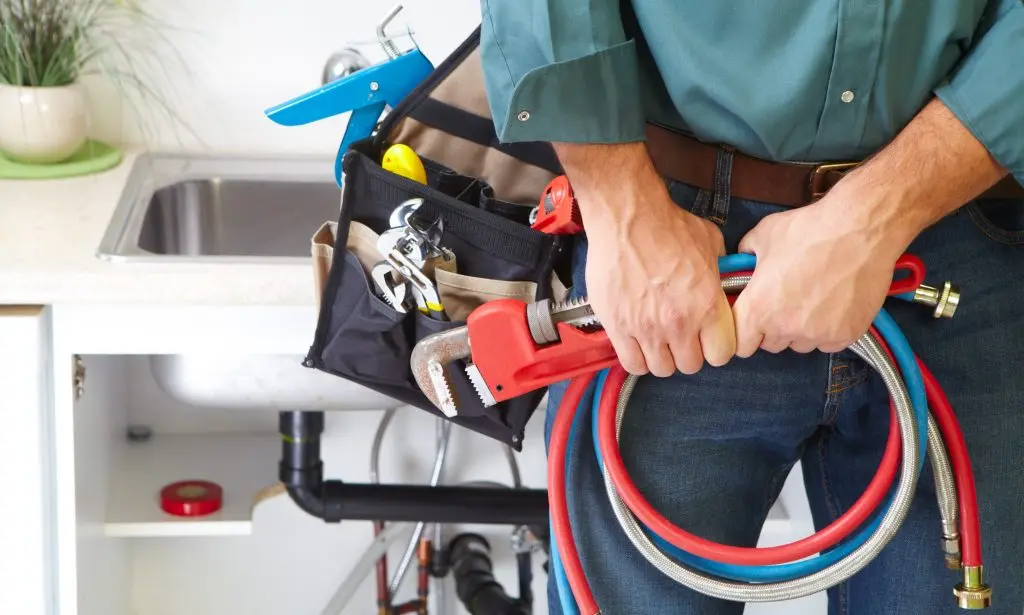
A refrigerator is one of the most important appliances in any home. Unfortunately, when there’s an issue, the price to fix a broken fridge goes beyond basic appliance repair costs. You also need to account for losing expensive food to spoilage.
While DIY solutions exist for common refrigerator problems, there comes a time when a replacement is the only reasonable option. How do you know when your fridge has cooled its last snack? Here are the warning signs that it’s time to replace your refrigerator.
A typical refrigerator lasts between 10 and 20 years, with many considering 14 years to be the average. However, if your appliance is over 10 years old, the price of repairs begins to outweigh replacement costs.
Refrigerator repair costs average around $250 with high-end repairs running closer to $1,000 (Forbes). Meanwhile, the price of a new refrigerator falls between $800 and $12,000. Rest assured, that five-figure price is for extremely high-end models; most homeowners budget around $1,500 for a new fridge.
If your refrigerator doesn’t work properly and you have an older model, consider a replacement over out-of-pocket repairs.
Of course, there are other ways to save big on refrigerator repair. Find out how a home warranty can help with a variety of appliance issues.
As with spoilage, excessive condensation on food can also be a sign your refrigerator is dying.
To properly cool food, you need cold air. The internal temperature in your refrigerator should be a consistent 40° F or lower with freezer temps at 0° F (FDA). If your refrigerator isn’t cooling food properly, food can go bad and may even get someone sick.
No need to panic when you see a little condensation here or there, especially if your fridge temps seem fine. A bit of condensation on some foods is normal. However, large droplets of water inside or outside containers, or puddles on shelves, most likely mean your refrigerator is experiencing problems.
This kind of food “sweating” causes bacteria growth and eventually leads to spoilage. Considering the average family spends around $215 to $350 on food each week (U.S. News). That’s a lot of money to throw away, and these costs alone could justify replacing your fridge.
Pro Tip: Keep your fridge clean and sanitary with our refrigerator cleaning guide!
Food spoilage is not only costly and wasteful; it’s also a sign your refrigerator may be broken. Even small temperature changes can affect how long foods stay fresh.
There are many parts of a fridge that could cause temperature changes and food spoilage. Evaporator coils, temperature control board, and the damper control assembly are the most common reasons for refrigerator breakdowns. It’s difficult for the average homeowner to diagnose these kinds of problems on their own.
If you perform regular refrigerator maintenance and are still experiencing problems, a replacement could be your best option.
This is another sign that your refrigerator is having trouble controlling temperature. Ice and frost buildup are a common problem, but if it occurs regularly, a defective part may be at fault. You could have a broken defrost sensor or a weak door seal.
Another common issue with dying refrigerators is when a freezer isn’t getting cold enough. Here are some helpful tips if your freezer won’t freeze.
Water pooling around your fridge is a major issue that affects your appliance and flooring. A number of parts could be causing this, including the water inlet valve, water filter housing, or drain pan.
This kind of issue could end up being extremely costly, especially if you catch it late. Choosing a replacement over repairs may be your best option.
Your refrigerator may sometimes feel warm on the outside, especially while components inside are working to keep things cool. Excess heat coming from the back of your fridge is a serious warning sign. There could be problems with the condenser coils, filters, or fans.
Regular cleaning can occasionally fix this problem, but if it is recurring, consider replacing your fridge.
A gentle hum is normal as the fan motors inside your refrigerator do their job. Unusual sounds like grinding, scraping, knocking, or rattling are signs of bigger issues. You should also check your ice maker if you hear strange noises coming from your fridge.
No noise at all is also an issue. The condenser fan should be turning on and off throughout the day. If you hear nothing and notice some of the above problems, you might have a faulty condenser.
The condenser is one of the most expensive parts to replace on your refrigerator. If you have an older model and the condenser ends up being the issue, a replacement is likely in your future.
A home warranty covers repairs related to breakdowns that occur through normal use of your appliances. It can also cover the costs of future repairs and parts replacements on a new fridge. In fact, existing appliances are protected, too, regardless of age.
With a home warranty in place, there’s no need to worry about costly refrigerator repairs. Take a look at our warranty plans. We’ll help you find the right coverage for your home to save big money in the long run. Call us today at 800-670-8931.

Don’t wait until it’s too late! Check out our current plans and get your free quote.

Real Estate
Whether you’re a buyer, seller, or renter, dealing with the real estate market can be a stressful endeavor. That’s why you want a professional on your side. The right real..

Household Tips
In 2025, the HVAC industry will experience a major transformation with the introduction of new refrigerant changes. The Environment Protection Agency (EPA) has set new guidelines for global warming potential..

Home Warranty
Home warranty coverage gives homeowners the ability to pay a small monthly or annual fee for protection against unexpected costs down the line. In addition to your routine payment to..